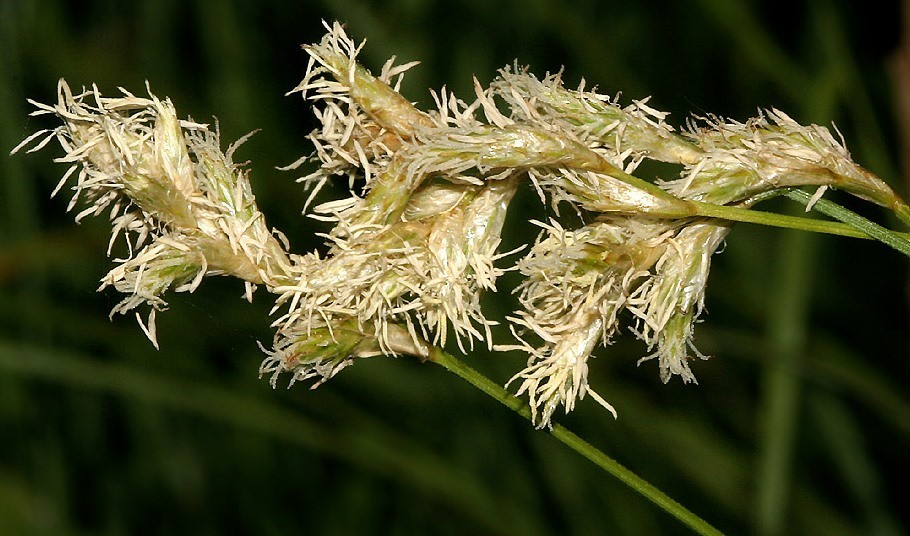Quaking-grass sedge
(Carex canescens canescens)

Description
Carex brizoides, the quaking sedge or quaking-grass sedge, is a species in the genus Carex, native to central and southern Europe. Even where it is a native species, in disturbed woodlands it tends to behave invasively, forming a thick layer on the forest floor and reducing species diversity. Carex is a vast genus of more than 2,000 species of grass-like plants in the family Cyperaceae, commonly known as sedges (or seg, in older books). Other members of the family Cyperaceae are also called sedges, however those of genus Carex may be called true sedges, and it is the most species-rich genus in the family. The study of Carex is known as caricology. All species of Carex are perennial, although some species, such as C. bebbii and C. viridula can fruit in their first year of growth, and may not survive longer. They typically have rhizomes, stolons or short rootstocks, but some species grow in tufts (caespitose). The culm – the flower-bearing stalk – is unbranched and usually erect. It is usually distinctly triangular in section.
Taxonomic tree:







